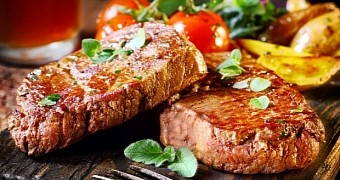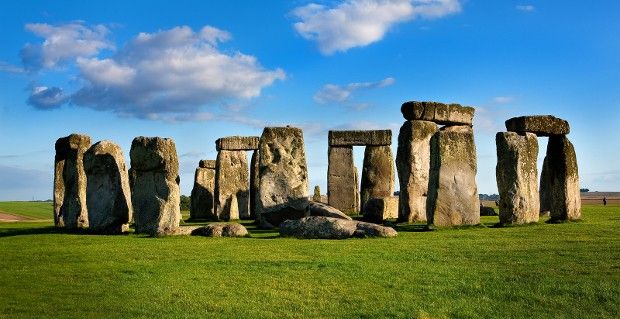The prehistoric monument of Stonehenge in Wiltshire, England, has held a fascination for us for centuries now. Built around 4,500 years ago, it comprises the remains of a ring of standing stones fixed in earthworks.
Some say it was erected to serve as a burial ground, others think it was designed to function as a religious site. Then, there's also talk that perhaps it used to have some astronomical significance.
While the exact function of the monument in prehistoric times is still up for debate, at least researchers are beginning to learn more about the people who built it.
For instance, a recent study authored by University of York researchers offers new insights into the diet of the culture that erected this millennia-old ring of stones.
They weren't vegetarians, that's for sure
As part of their investigation, the scientists examined food residues on bits and pieces of pottery found at Durrington Walls, another ancient monument and settlement where the builders of Stonehenge probably lived. They also studied animal bones unearthed from the same region.
They found that, in the settlement's so-called residential areas, people would roast pork or beef. In a way, they barbecued meat just like we do these days. When they didn't barbecue it, they would boil it. Then, they would also eat dairy, albeit not very often.
In their study in the journal Antiquity, the research team explain that, according to their findings, milk, cheese and yogurt were usually consumed in ceremonial places, indicating that they were only available to a select few. As for plants, it looks like they weren't very popular.
“Pots deposited in residential areas were found to be used for cooking animal products including pork, beef and dairy, whereas pottery from the ceremonial spaces was used predominantly for dairy,” the University of York archaeologists explain in a report detailing their work.
“Unusually, there was very little evidence of plant food preparation at any part of the site,” they add. Then again, perhaps they ate plants raw and so there's no evidence of vegetarian dishes to be found.
Sharing food was a common practice
Study lead author Oliver Craig and fellow researchers say that, rather than eat alone, people inhabiting the Durrington Walls prehistoric settlement would often share food. Thus, they would have feasts and slaughter many animals at a time. The meat was then consumed by large numbers of people.
Usually, they would butcher pigs. Still, cattle were also on the menu. Researchers say such feasts suggest the community was well organized and that people were all too familiar with social courtesies.
“The sharing of food had religious as well as social connotations for promoting unity among Britain’s scattered farming communities in prehistory,” says archaeologist Mike Parker Pearson.

 14 DAY TRIAL //
14 DAY TRIAL // 

